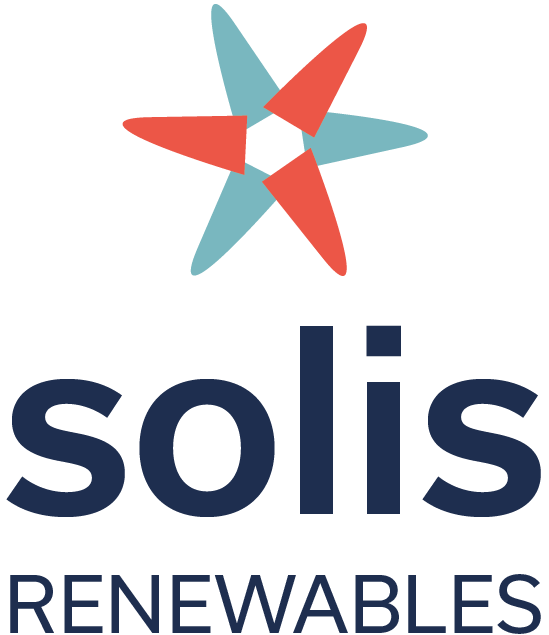New IRS Guidance Helps Developers Claim Energy Community Tax Credits
The push for renewable energy has been a critical topic in recent years. In line with this, the Inflation Reduction Act (IRA) was introduced with the aim of promoting renewable energy generation in energy communities. These communities include brownfield sites, coal communities, and areas with high unemployment and local tax revenue related to fossil fuels. To qualify for the bonus energy community tax credit in the IRA, developers must meet certain criteria. Recently, the Internal Revenue Service (IRS) issued new guidance to clarify what qualifies as an energy community. In this article, we will discuss the new guidance and how it can help developers identify areas that qualify as energy communities.
The Internal Revenue Service (IRS) has issued new guidance on how renewable energy projects can qualify for the bonus energy community tax credit in the IRA. The IRA designates certain areas as energy communities, including brownfield sites, coal communities, and areas with high unemployment and local tax revenue related to fossil fuels. The IRS has now clarified what qualifies as an energy community in Notice 2023-29.
The new guidance helps developers identify statistical areas that qualify as energy communities based on jobs and tax revenue. It also clarifies which census tracts are considered directly adjoining and allows offshore wind projects to claim the credit when their interconnection facilities are in energy communities.
The White House has also released a mapping tool to identify former coal communities and qualifying communities with employment or tax revenues tied to fossil fuels. However, the tool doesn't show brownfield sites.
The IRA includes a 30% tax credit for the cost of developing renewable energy generation, with an additional 10% tax credit for projects in energy communities. The IRS has defined energy communities as brownfield sites, statistical metropolitan or non-metropolitan areas with high unemployment and tax revenues related to fossil fuel, and coal closure areas.
To qualify for the 10% energy community adder tax credit, 50% or more of a renewable energy project's nameplate capacity or square footage must be in an energy community. The IRS guidance also states that single-point adjacency, such as adjoining corners of a tract, is sufficient to qualify as an adjoining tract.
The new IRS guidance and White House mapping tool provide developers with much-needed clarity and assistance in qualifying for the bonus energy community tax credit in the IRA. By promoting renewable energy development in designated energy communities, the government is taking a significant step toward a more sustainable future. With the right incentives and support, the White House’s goal is to accelerate the transition towards renewable energy and combat climate change.
